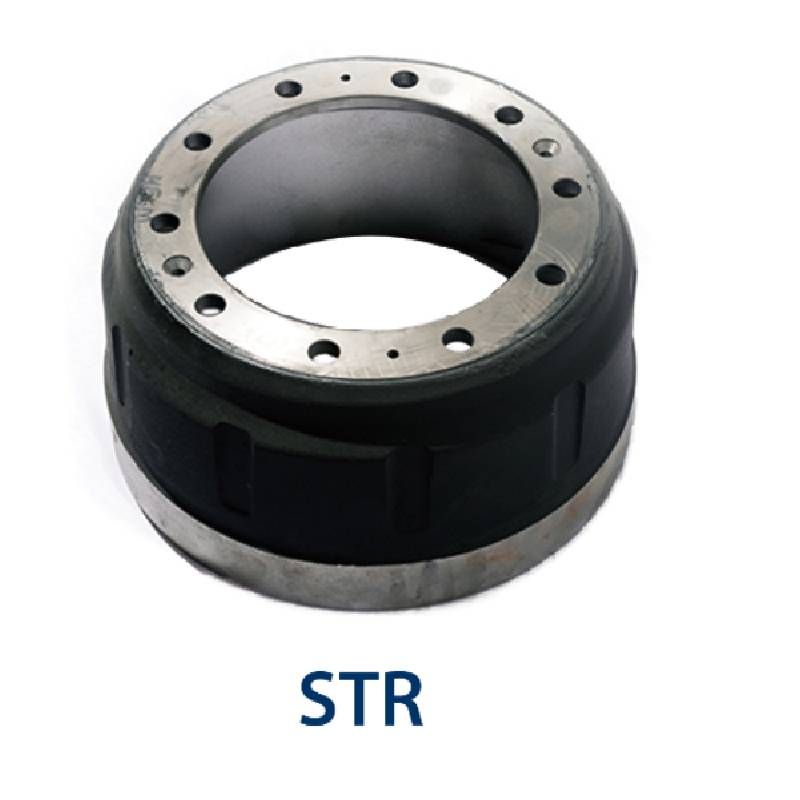Dec . 26, 2024 14:09 Back to list
what is a brake drum
Understanding Brake Drums Functionality and Importance in Automotive Systems
Brake drums are critical components in vehicles equipped with drum brake systems. While disc brakes have become more popular in modern vehicles, especially in performance and high-end models, brake drums still play an essential role in many cars, trucks, and motorcycles. Understanding what brake drums are, how they function, and their importance in vehicle safety will provide valuable insights into automotive engineering and maintenance.
What is a Brake Drum?
A brake drum is a cylindrical device that is part of a drum brake assembly. It is usually made from cast iron or aluminum and is mounted on the wheel hub. The inner surface of the drum is where the brake shoes press against to create friction, which ultimately slows down or stops the vehicle when the brakes are applied. Typically, brake drums are found in the rear wheels of vehicles, although some older or less expensive models may still use them in the front.
How Does a Brake Drum Work?
The operation of a brake drum is based on the principles of friction. When the driver presses the brake pedal, hydraulic fluid is sent to the brake cylinder in the drum brake assembly. This pressure pushes the brake shoes outward against the inner surface of the rotating brake drum. The friction generated between the brake shoes and the drum creates resistance, which slows down the wheel's rotation.
The design of the brake drum allows for effective heat dissipation. When the brakes are applied, friction generates heat, and the drum is designed to manage this heat to avoid brake fade — a condition where the braking efficiency decreases due to excessive heat. The material and construction of the drum help ensure it can withstand significant stress and temperature variations without warping or failing.
what is a brake drum

Types of Brake Drums
Brake drums come in different designs, including solid and vented types. Solid drums are typically found in simpler or older vehicles, while vented drums have internal fins or channels that aid in cooling. The vented design is crucial for performance vehicles or those that engage in heavy stopping scenarios, as they can dissipate heat more effectively and maintain consistent braking performance.
The Role of Brake Drums in Safety
Safety is paramount when it comes to braking systems. Brake drums, in conjunction with brake shoes, work to ensure that a vehicle can stop quickly and safely. Properly functioning brake drums are vital for maintaining optimal grip and reducing stopping distances. Worn-out or damaged drums can result in decreased braking efficiency, leading to longer stopping distances and increased risk of accidents.
Regular maintenance is essential for brake drums, as they can wear out over time. Signs of wear include vibration when braking, unusual noises, or a decrease in braking power. It's recommended that drivers have their brake systems inspected regularly to ensure all components, including brake drums, are functioning correctly.
Conclusion
In conclusion, brake drums are a fundamental component of many braking systems, particularly in older or less performance-oriented vehicles. Their design allows for effective braking through the principle of friction, and they play an important role in vehicle safety. As with any part of a vehicle, regular maintenance and timely replacement are essential to ensure that the braking system performs at its best. Understanding the functionality and importance of brake drums not only enhances automotive knowledge but also promotes safer driving practices. Whether you are a car enthusiast or just a daily commuter, being informed about your vehicle’s brake system can significantly impact your safety on the road.
-
Iveco Brake Drum | Premium OE Quality for Daily & Eurocargo
NewsAug.22,2025
-
Your Brake Drum Man: Quality & Performance Parts
NewsAug.21,2025
-
Explore Japan: Ultimate Travel Guide & Authentic Experiences
NewsAug.19,2025
-
Your Brake Drum Man: Premium & Reliable Brake Drums for Sale
NewsAug.18,2025
-
ROR Web Development: Build Fast, Scalable, Secure Apps
NewsAug.17,2025
-
Scania Brake Drums: OEM Quality for Optimal Safety & Durability
NewsAug.16,2025
